This reality requires growth efforts to move towards greener development, and to integrate climate change response into all socio -economic strategies.
Hot weather alternating with unusually heavy rain
Ha Tinh province has been recording heavy damage after the first flood of the season last weekend. Specifically, according to the Ha Tinh Hydrometeorological Station, from midnight on May 24 to 5am on May 25, there was heavy rain in the area, with rainfall exceeding 300mm in some places such as Cam Xuyen town, Ke Go lake, Thach Xuan, Thuong Song Tri lake, Ky Bac...
The sudden development caused many people to evacuate to other places for shelter. Preliminary statistics from authorities on material damage showed that heavy rains and flash floods caused more than 2,000 tons of harvested rice to become waterlogged, more than 2,200 hectares of spring rice to be flooded, and nearly 12,000 poultry and livestock in many districts to be swept away.
Previously, in some provinces such as Yen Bai, Tuyen Quang, Lao Cai , heavy rain caused flooding, landslides, affecting people's lives. According to weather forecasting agencies, the ground in the northern mountainous region was saturated with water due to the impact of previous heavy rains; therefore, only high intensity rain in a short period of time is enough to cause flash floods or serious landslides.
Accordingly, localities such as Bac Kan, Lao Cai, Lai Chau, Yen Bai, Ha Giang and Tuyen Quang are all facing a high risk of landslides and flash floods, especially on steep mountain passes and riverside areas. Not only in mountainous areas, urban areas in the Northern Delta and coastal areas such as Hai Phong and Quang Ninh are also at risk of flooding when there is unusually heavy rain.
These heavy rains once again show the increasingly clear impact of climate change. Rain is no longer evenly distributed seasonally but appears suddenly, in large numbers, causing difficulties for production and disaster prevention and control. Hot weather alternating with heavy rain makes it difficult for the natural environment and agricultural activities to adapt.
Experts call for the need to re-plan disaster prevention and control infrastructure, especially in the northern mountainous region; at the same time, strengthen community training, deploy early warning systems and enhance the role of local authorities in supporting disaster response. In the context of increasingly extreme weather, proactiveness and thorough preparation are key factors to minimize damage to people and communities.
Policy plays a central role in response efforts
According to the latest report of the World Bank (WB) - “Vietnam 2045 - Greener Growth: The Path to a Sustainable Future” - climate change could reduce Vietnam's GDP by at least 12.5% by 2050 without strong adaptation measures. This impact seriously threatens the goal of becoming a high-income country by 2045.
The World Bank analyzed three main quantifiable impact channels: productivity losses due to heat stress, infrastructure damage, and impacts on agriculture. The 2024 survey found that about 75% of businesses in the garment and electronics industries, two key export sectors, operate in areas with frequent high temperatures.
This puts 1.3 million workers in the vulnerable group. Even under the moderate greenhouse gas emissions scenario RCP4.5 – where global emissions peak around 2040 and then decline – Vietnam is still projected to lose 9.1% of its GDP by 2035 and 12.5% by 2050 from just these three impact channels.
In addition, extreme weather events such as storms, floods and storm surges are becoming more frequent and intense, causing severe damage to infrastructure and property. Natural disasters can cost Vietnam an additional 1% of GDP each year, and up to 2.5% of GDP.
In the Mekong Delta – the country’s largest rice bowl – sea levels could rise 75-100cm by 2050, flooding nearly half the region. This would severely impact agricultural production, reduce incomes and slow poverty reduction, where about 25% of the population currently lives below the poverty line.
To cope with these impacts, the World Bank estimates that Vietnam needs to invest an additional US$233 billion in the period 2025 - 2050, equivalent to about 0.75% of GDP per year. If adaptation investments in disaster risk management, urban areas, transport and agriculture are well implemented, the GDP loss in 2050 could be reduced from 12.5% to 6.7%. Ms. Mariam J. Sherman - World Bank Country Director for Vietnam,
Cambodia and Laos said: “Vietnam can absolutely implement many measures right now to protect communities, land and infrastructure from climate shocks. The key is to build appropriate policies, encourage businesses and people to proactively adapt.”
The World Bank report recommends that in the 2026-2030 period, the Vietnamese Government should play a role in building a favorable policy framework, creating conditions for the private sector and the community to invest in climate adaptation. Solutions should aim for combined benefits: reducing natural disaster risks, increasing labor productivity, improving the living environment and increasing social resilience.
Source: https://baophapluat.vn/ung-pho-voi-thoi-tiet-ngay-cang-cuc-doan-bat-thuong-tao-dieu-kien-de-tu-nhan-va-cong-dong-dau-tu-vao-thich-ung-khi-hau-post549785.html



![[Photo] Hungarian President and his wife take a walk and enjoy the view of Hoan Kiem Lake](https://vphoto.vietnam.vn/thumb/1200x675/vietnam/resource/IMAGE/2025/5/28/b9c83fbe6d5849a4805f986af8d33f39)



![[Photo] Hungarian President begins official visit to Vietnam](https://vphoto.vietnam.vn/thumb/1200x675/vietnam/resource/IMAGE/2025/5/27/ab75a654c6934572a4f1a566ac63ce82)



















![[Photo] Vice President Vo Thi Anh Xuan, French President Emmanuel Macron and his wife visit Hanoi University of Science and Technology](https://vphoto.vietnam.vn/thumb/1200x675/vietnam/resource/IMAGE/2025/5/27/267b6f2bdf3e46439f081b49f6ec26b1)























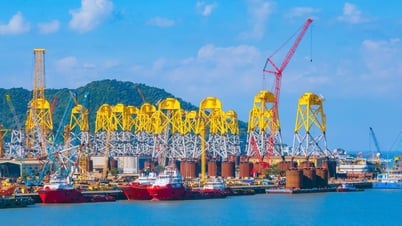






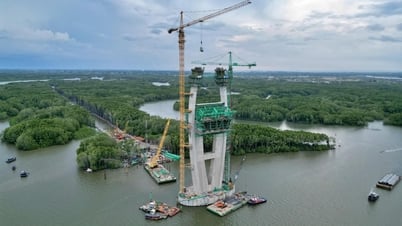












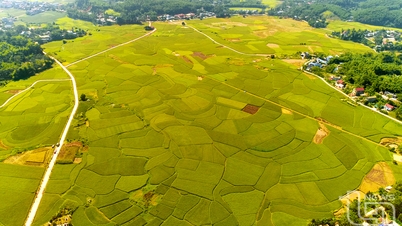







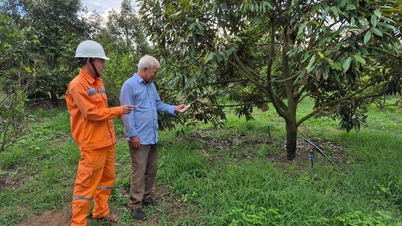

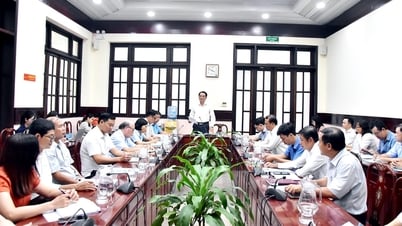










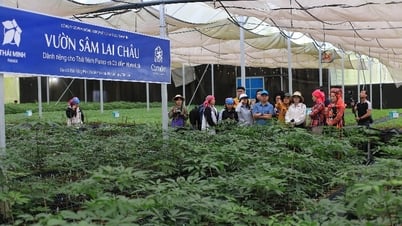

Comment (0)